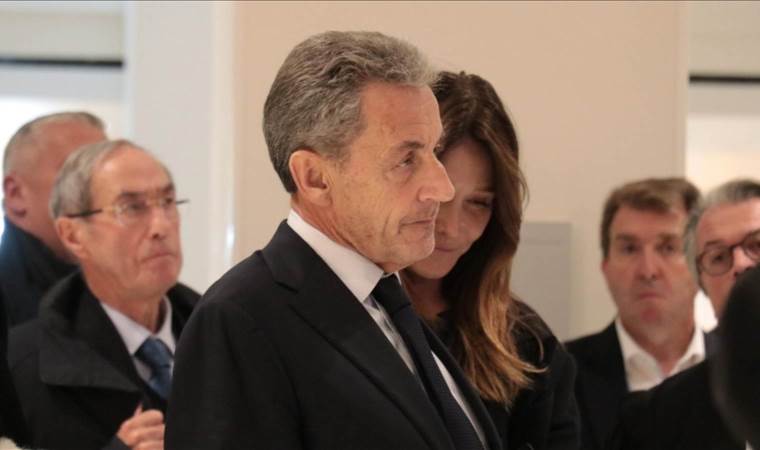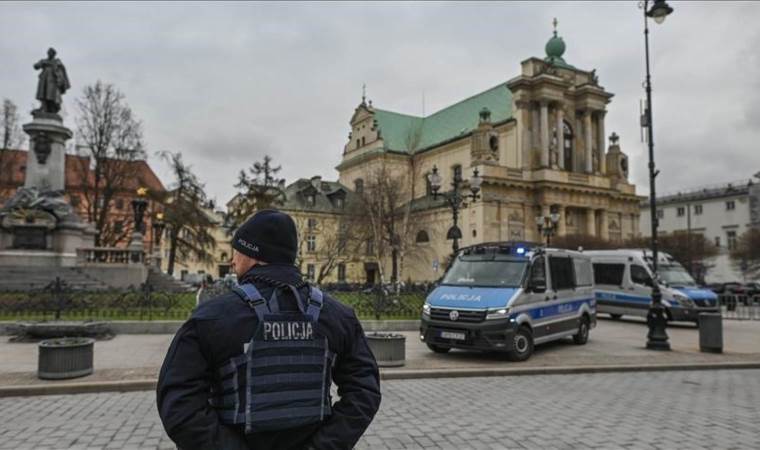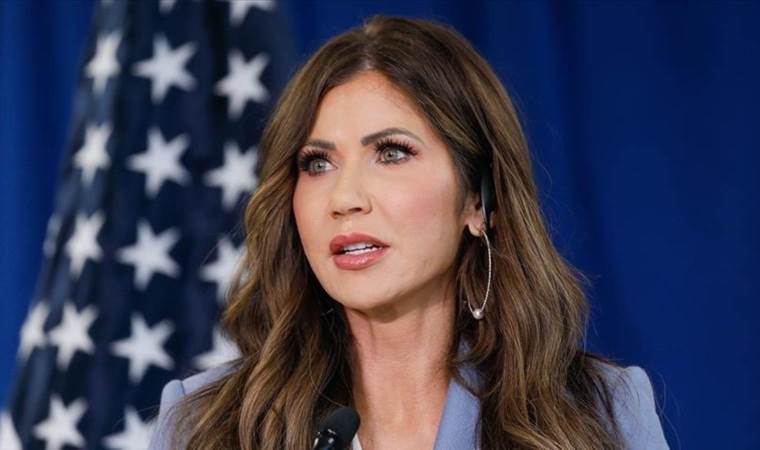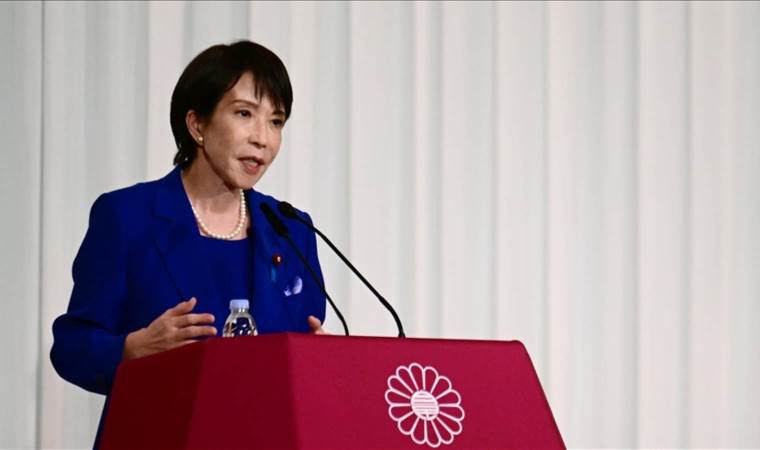Authors Columns of the Day Sport Guest Life All Authors
British Theatre's Journey Between Two Elizabeths
English theatre has been a global trailblazer since the Renaissance era. Rooted in an art culture that welcomes innovation, it has consistently embraced originality and independence when introducing "the new." Rather than blindly adopting various movements, the art of theatre has utilized existing cultural foundations to establish a new sphere of influence. Hence, the debate doesn't center on who and why Shakespeare was influenced by but rather on how he influenced world theatre. The book "Time Traveller's Guide to English Theatre," authored by British critic and writer Alex Sierz in collaboration with Lia Ghilardi, was released by Mitos-Boyut Publications in 2023. Translated by Dr. Mesut Günenç and Samed Zıngıl, this 296-page work promises to be an enduring companion for university students majoring in English language and literature, as well as theater enthusiasts.
British Renaissance Theatre
This book embarks on a 400-year odyssey through the eyes of observers who have intimately witnessed various epochs of English theatre. The journey spans from the 1550s, when Elizabeth I ascended the throne, to the 1950s, marking Elizabeth II's reign.
Author Sierz dissects English theatre into eight distinct periods. The theatre's narrative commences with the English Renaissance, which saw secular, professional, and private theatre supplant amateur theater rooted in religious traditions, culminating in the Shakespearean era. During this period, a novel tradition took shape, as nobles, eager to curry favor with Queen Elizabeth, crafted plays following their graduation from Oxford and Cambridge universities. Shakespeare, a non-noble and university graduate, quickly emerged as a prominent figure, marking a "golden age" in English theatre. Building upon the cultural foundations laid in previous epochs, the English audience deeply embraced theater, forging an enduring connection that persists to this day.
The Elizabethan theatre gave way to the less illustrious Jacobin era. The subsequent "Restoration Period" ushered in a classical approach, influenced by French models in the 17th century. This period not only upheld the tradition of "witty dialogue" introduced by Shakespeare but also witnessed the debut of female actors on stage. Following a brief phase where theatre was labeled "indecent," the 18th-century theatre both maintained the tradition of "witty conversation" and adhered to "moral principles" while gradually shifting toward the "melodrama" paradigm. The Regency period followed, leading up to the Victorian theatre, which anticipated the arrival of the "realist" movement.
The Modern Theatre Era
At the turn of the century, four Irish playwrights, Oscar Wilde, George Bernard Shaw, John Millington Synge, and Sean O'Casey, breathed new life into English theatre. Realism took center stage. After the King Edwardian period's theatrical endeavors, the journey concluded with the modern theatre era, introducing contemporary masters like Osborne, Bond, Pinter, Beckett, and Stoppard.
Sierz's book is a reader-friendly guide. Each chapter outlines the overarching evolution of English theatre while interspersing brief discussions on theatre theory. The text thoughtfully introduces authors and plays and provides a historical backdrop of social events, serving as a valuable resource for tracking the theatrical journey and easily accessing details one may not readily recall. Translators Günenç and Zıngıl have also executed their tasks meticulously.
It leaves one yearning for similar books on French, German, American, Italian, and Russian theatre to embark on equally captivating journeys.
Yazarın Son Yazıları All Columns
Günün Köşe Yazıları
Most Read News
-
 Former President Nicolas Sarkozy officially in prison, m
Former President Nicolas Sarkozy officially in prison, m
-
 Poland detains 8 people over suspected sabotage plot
Poland detains 8 people over suspected sabotage plot
-
 M23 rebel officers, 36 fighters surrender: Congolese arm
M23 rebel officers, 36 fighters surrender: Congolese arm
-
 South Korea's ex-President Yoon skips another hearing of
South Korea's ex-President Yoon skips another hearing of
-
 Row over Maccabi Tel Aviv fans sparks heated debate amon
Row over Maccabi Tel Aviv fans sparks heated debate amon
-
 Former FBI Director James Comey seeks to have federal ch
Former FBI Director James Comey seeks to have federal ch
-
 US Senate minority leader demands investigation into $17
US Senate minority leader demands investigation into $17
-
 Trump-Putin summit faces delay as planned meeting betwee
Trump-Putin summit faces delay as planned meeting betwee
-
 US growing worried Israeli prime minister could jeopardi
US growing worried Israeli prime minister could jeopardi
-
 Ruling LDP's Sanae Takaichi takes helm as Japan's 1st fe
Ruling LDP's Sanae Takaichi takes helm as Japan's 1st fe











